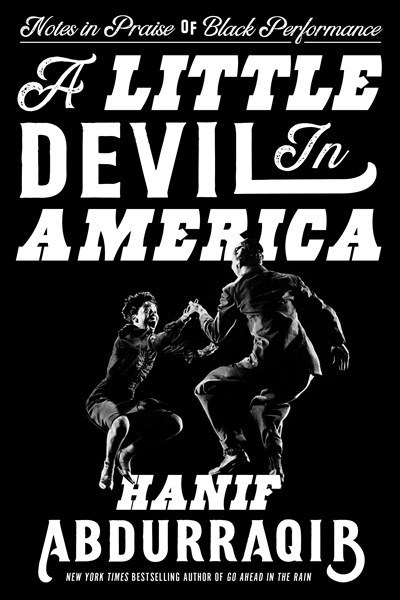Critically acclaimed writer and longtime creative writing professor George Saunders offers a master class in writing based on a study of seven short stories by classic Russian writers. Saunders narrates A Swim in a Pond in the Rain (14.5 hours) in an easy, conversational tone that makes the listener feel as if they are in a relaxed classroom—or perhaps sitting in a lounge for a one-on-one lesson from this thoughtful teacher.
Well-chosen, exceptionally talented actors, including Phylicia Rashad, Glenn Close and Nick Offerman, narrate stories from Anton Chekhov, Leo Tolstoy and others, and their dramatized performances provide a refreshing contrast to Saunders’ more familiar style. Saunders’ love of literature and his enthusiasm for its interaction with the mind combine with his humor and dry wit to make for an engaging listening experience. More than a writing course, this audiobook is a unique exercise in paying attention and thinking critically.
ALSO IN BOOKPAGE: Read our starred review of A Swim in a Pond in the Rain.


























